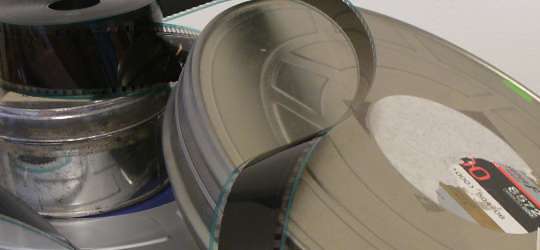 I find it a bit ironic that on the 149th anniversary of Auguste Lumière* comes word that the three major motion picture camera manufacturers – Panavision, ARRI and Aaton – have all stopped making motion picture film cameras within the past year, switching their efforts to developing digital cameras.
I find it a bit ironic that on the 149th anniversary of Auguste Lumière* comes word that the three major motion picture camera manufacturers – Panavision, ARRI and Aaton – have all stopped making motion picture film cameras within the past year, switching their efforts to developing digital cameras.
An in-depth article over at Creative Cow (pointed to us by the folks at Bleeding Cool) talks with a number of people on the technical side of the industry about how this came about and makes for some interesting reading on the future of film production.
Basically, the rise of digital cameras has not completely made film cameras obsolete, but we’re getting there. Companies who rent filming equipment are reporting that film camera rentals are down in deference to rentals of digital units. The ease of use and flexibility of digital cameras are big factors in this shift. The cameras are lighter and can be moved easier than their film counterparts. With almost all editing done digitally, a digital camera eliminates the need to scan and convert physical film for use. It is easier to synch two digital cameras for a 3D shoot than it is to do so with film cameras. The list goes on and on.
But let’s not mark this as the death of celluloid quite yet though. Although digital seems to be the increasing choice amongst directors and cinematographers, there are some things that film cameras can do that digital can’t quite recreate yet and I don’t think that we’ll completely abandon using film cameras until they can. Furthermore, with the number of different digital video formats, archivists still prefer celluloid over digital for film preservation purposes so there will still be a call for physical film in the foreseeable future.
Make no mistake though. The technology we use to create, view and preserve our movies is currently in a state of transition and in the very near future could look entirely different from today.
* Who, along with his brother Louis basically invented the movie camera.



